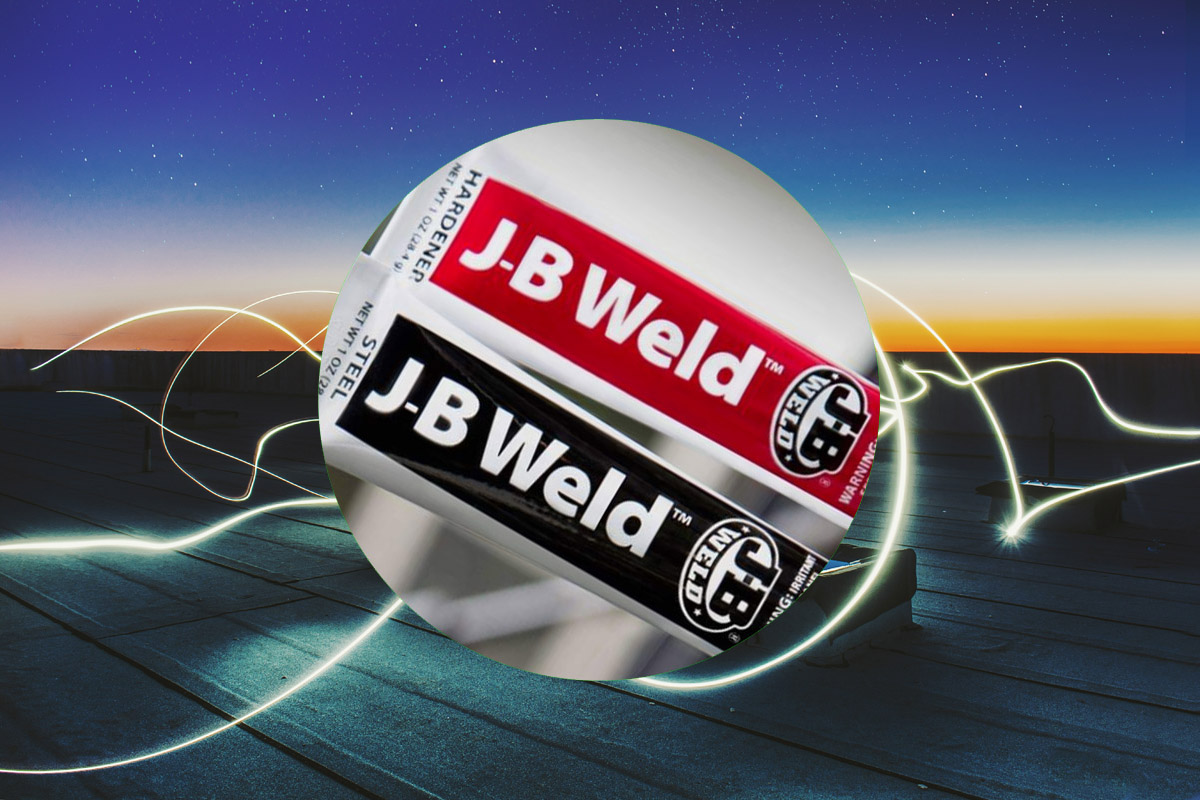does j-b weld conduct electricity
Today, we are going to explore an interesting scientific phenomenon – conductivity of materials. Have you ever wondered why some materials can conduct electricity while others cannot? Let's dive into this fascinating topic and explore the conductive properties of different substances.
Metallic Conductors

One of the most well-known conductive materials is metal. Metals like copper, aluminum, and gold have excellent electrical conductivity. This means they allow the flow of electric current with minimal resistance. In fact, copper is widely used in electrical wires due to its exceptional conductive properties.
When an electric voltage is applied across a metallic conductor, the free electrons within the material start to move. These free electrons are what make metals such good conductors of electricity. They can flow easily from one atom to another, creating an electric current.
However, not all metals have the same level of conductivity. Factors such as impurities, crystalline structure, and temperature can affect a metal's conductivity. Pure metals generally have higher conductivity compared to alloys or metals with impurities.
Insulators
On the other end of the spectrum, we have materials that do not conduct electricity. These materials are known as insulators. Examples of common insulating materials include rubber, glass, plastic, and wood. Insulators have high electrical resistance, which prevents the flow of electric current.
The reason insulators do not conduct electricity lies in their atomic and molecular structure. In insulating materials, the electrons are strongly bound to their respective atoms, making it difficult for them to move freely. This lack of free electrons prevents the flow of an electric current through the material.
Semiconductors

Between metallic conductors and insulators, there exists a special category known as semiconductors. These materials exhibit intermediate levels of conductivity. Silicon and germanium are two commonly used semiconductors.
The conductivity of semiconductors can be altered by introducing impurities, a process known as doping. Doping involves adding specific atoms to the semiconductor, either to increase its conductivity (p-type doping) or decrease it (n-type doping). This property makes semiconductors vital for the field of electronics, as they serve as the building blocks for diodes, transistors, and integrated circuits.
Furthermore, semiconductors can be engineered to exhibit unique electrical properties. For instance, when a voltage is applied to a semiconductor in a specific way, it can emit light – a phenomenon known as electroluminescence. This property is the foundation of various optoelectronic devices, including light-emitting diodes (LEDs) and laser diodes.
Superconductors
While metals are excellent conductors, they still exhibit some resistance to the flow of electricity. However, there is a special class of materials known as superconductors, which can conduct electricity without any resistance at extremely low temperatures.
Superconductors are characterized by their ability to exhibit zero electrical resistance when cooled below a critical temperature. This remarkable property, known as superconductivity, was first discovered in 1911 by Heike Kamerlingh Onnes.
One of the most important applications of superconductivity is in electromagnets used in scientific research and medical imaging. Superconducting magnets have found use in particle accelerators, magnetic resonance imaging (MRI) machines, and even in levitating trains (maglev).
Conclusion
Understanding the different properties of conductive materials is crucial for various fields, from electrical engineering and electronics to materials science. Metals, insulators, semiconductors, and superconductors all play unique roles in our everyday lives and technological advancements.
Next time you plug in a device or marvel at the wonders of modern technology, remember the remarkable conductive properties of the materials working behind the scenes. Whether it's the copper wiring in your home or the silicon-based integrated circuits in your smartphone, these materials enable the flow of electricity and empower our interconnected world.


Post a Comment for "does j-b weld conduct electricity"
Post a Comment